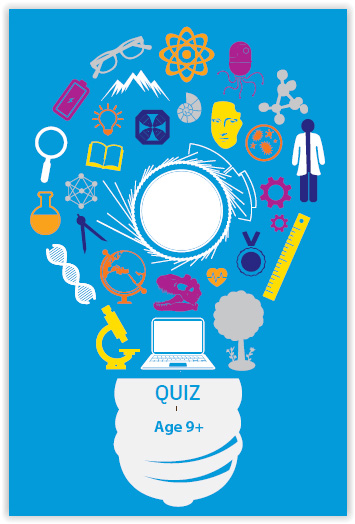- Home
- Education & Outreach
- For kids
The European Synchrotron works like a giant microscope: it allows us to see inside everything around us, down to the tiniest speck of dust. Each year, more than 9000 scientists from all over the world come to the ESRF and carry out experiments day and night in this laboratory.
What is it for?
Around us, there are tiny invisible particles that we can’t see: they are called atoms. They make up matter, for example the sand on the beach, the water in the sea, the concrete in buildings, the leaves on the trees or the cells in our bodies. The tiniest speck of dust contains millions of them.
In order to see them, scientists have built a huge microscope, called a synchrotron.
How does it work?
When you use a microscope you need a light to be able to see what you are studying. The synchrotron being a giant microscope, it needs a lot of light! But how can you produce it? Researchers built this machine which looks like a giant doughnut and it produces an amazing light, the most intense in the world. Thanks to this light, we can see the atoms inside the objects.
What can we discover with the synchrotron?
- It was possible to decipher the Greek letters in a rolled-up papyrus which had been burnt during the eruption of the volcano Vesuvius in South Italy, in A.D. 79, almost 2000 years ago.
- We discovered that the famous painter Leonardo Da Vinci painted the Mona Lisa with his fingers.
- We found out that some 125 million-year-old fossilised eggs found in China were in fact lizard eggs and not dinosaur eggs as everyone thought before using the synchrotron to look inside them.
- We can help to invent new medicines, for example researchers try to understand how the flu virus works so that they can come up with more efficient medicines or vaccines to fight against it.
- We can improve our understanding of our planet, so familiar and yet so strange and also our understanding of the Universe (Exoplanets).
- Researchers also get inspiration from nature to create new materials: a spider’s web is as strong as steel, yet very elastic. By studying the silk the spider weaves to make a web, scientists will try to copy nature, for example to make more resistant clothing.
Experiments
Create a rainbow.
Place a bucket full of water near a window. When the sun shines on it, put a mirror in the water so that the light reflects onto a white wall. Take your time to place the mirror in the best way, be patient and soon enough your rainbow will appear.
Make a kaleidoscope
At the ESRF, scientists use mirrors to focus our bright X-ray light onto objects to see inside them. Here you will find out how to make your own kaleidoscope and see how mirrors reflect light to make beautiful patterns.
Take our quiz!
What do you know about the ESRF? Test your knowledge with our quiz and impress your friends!
 |
 |



